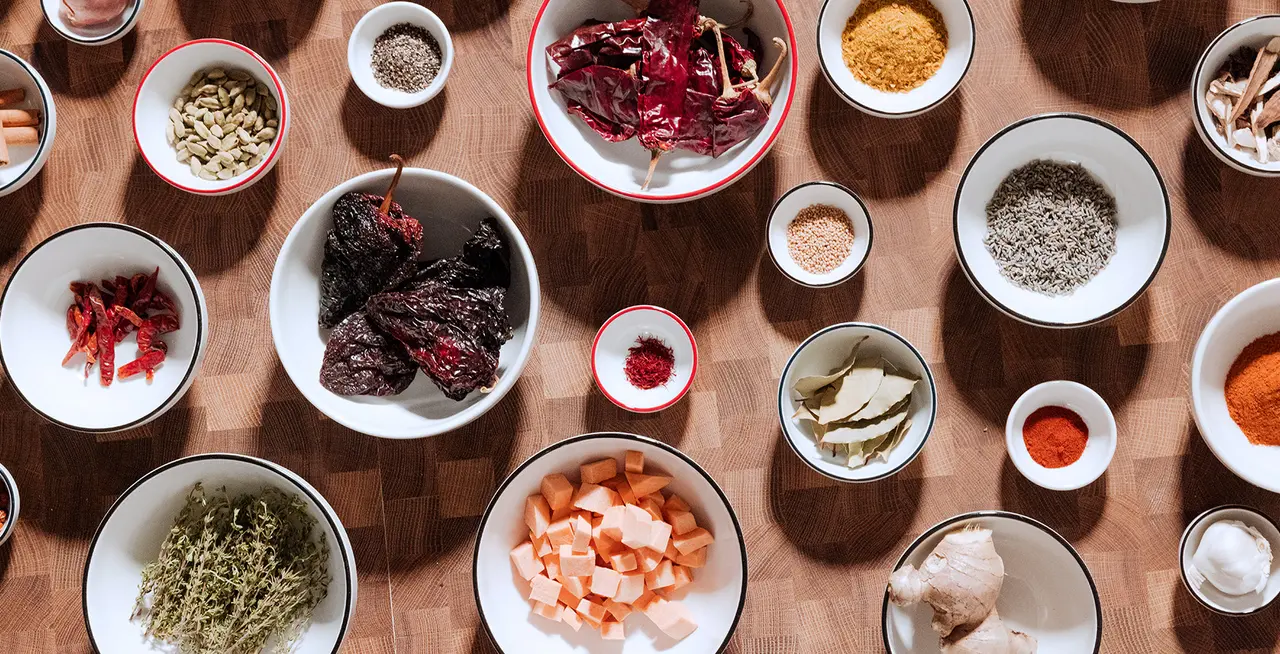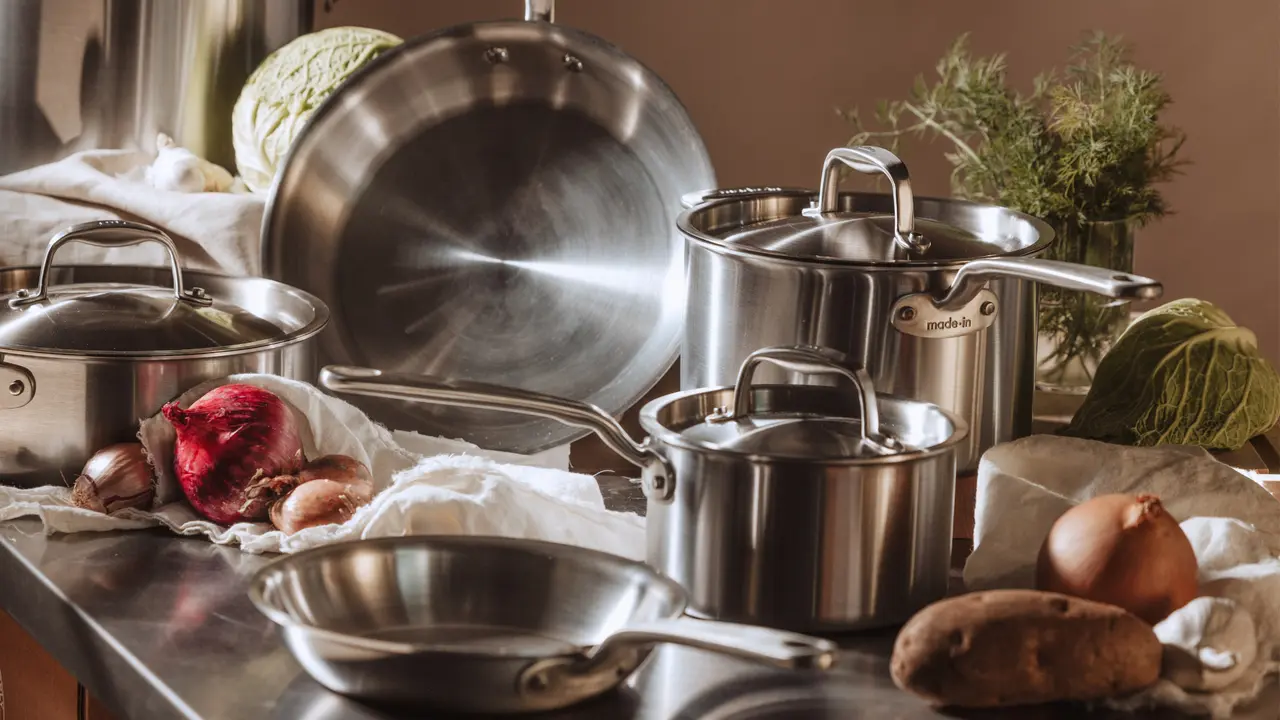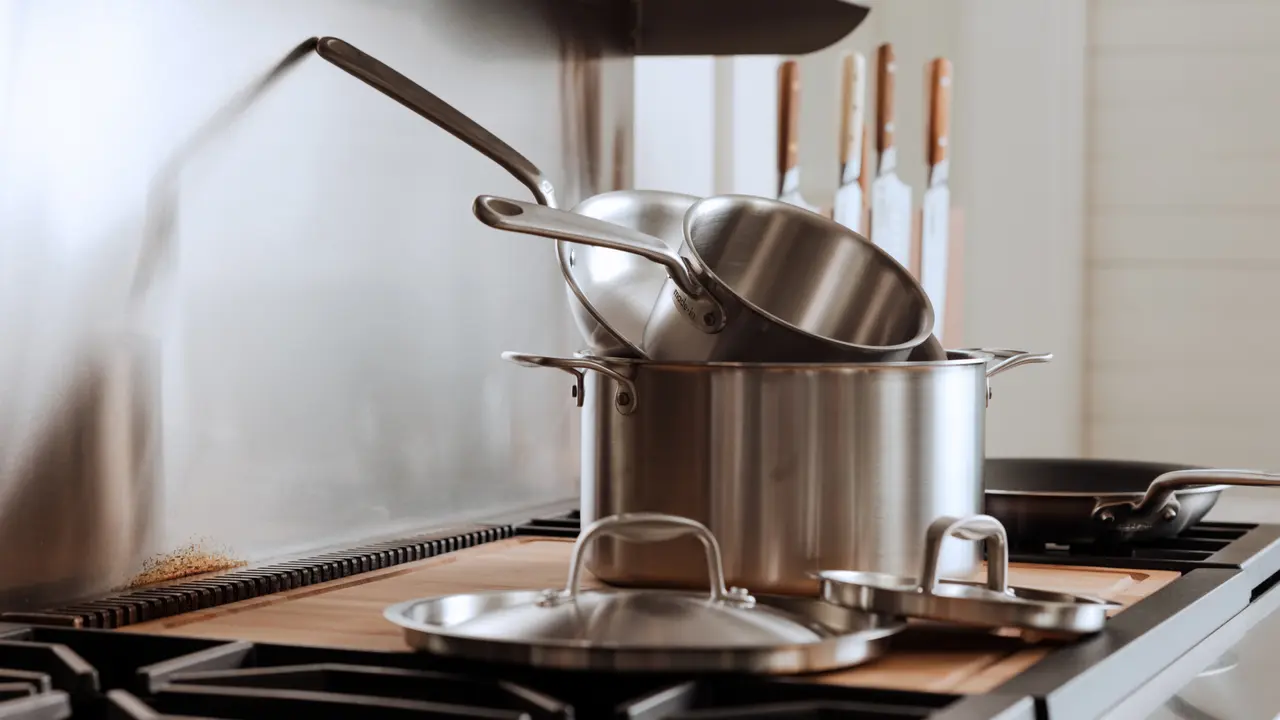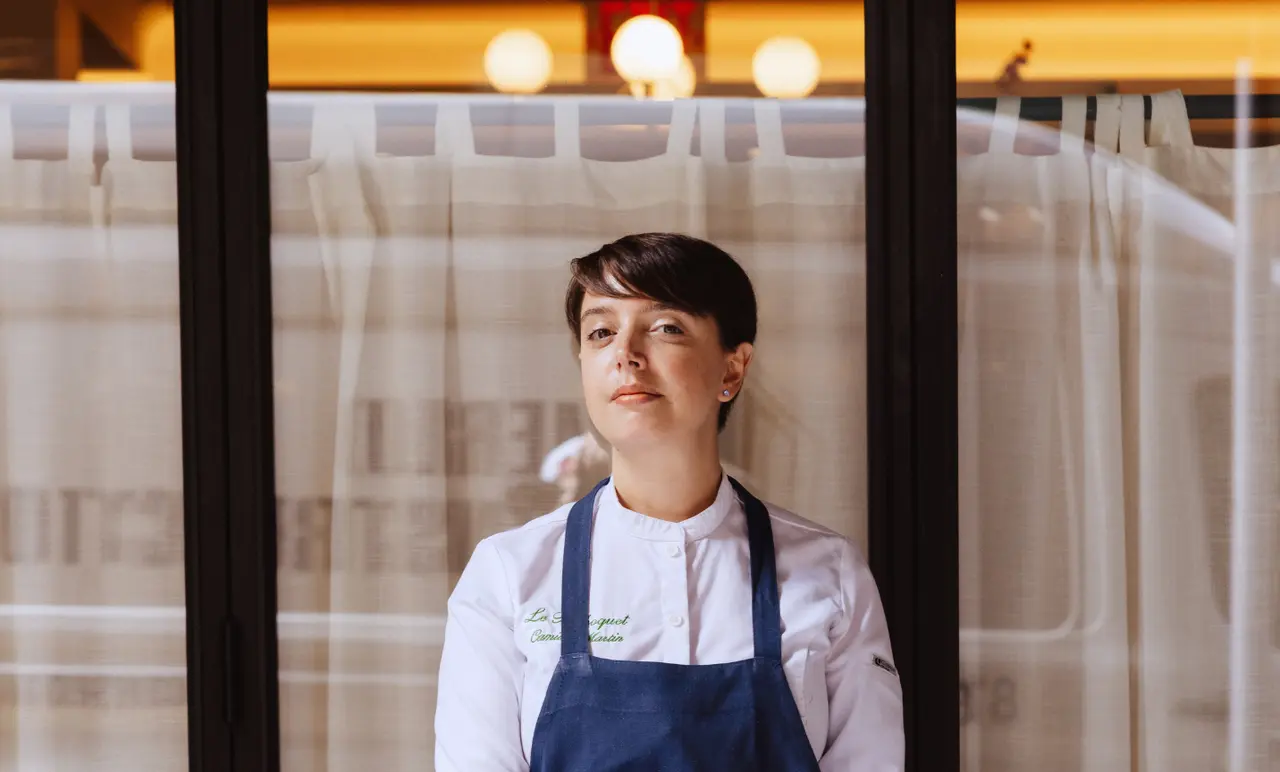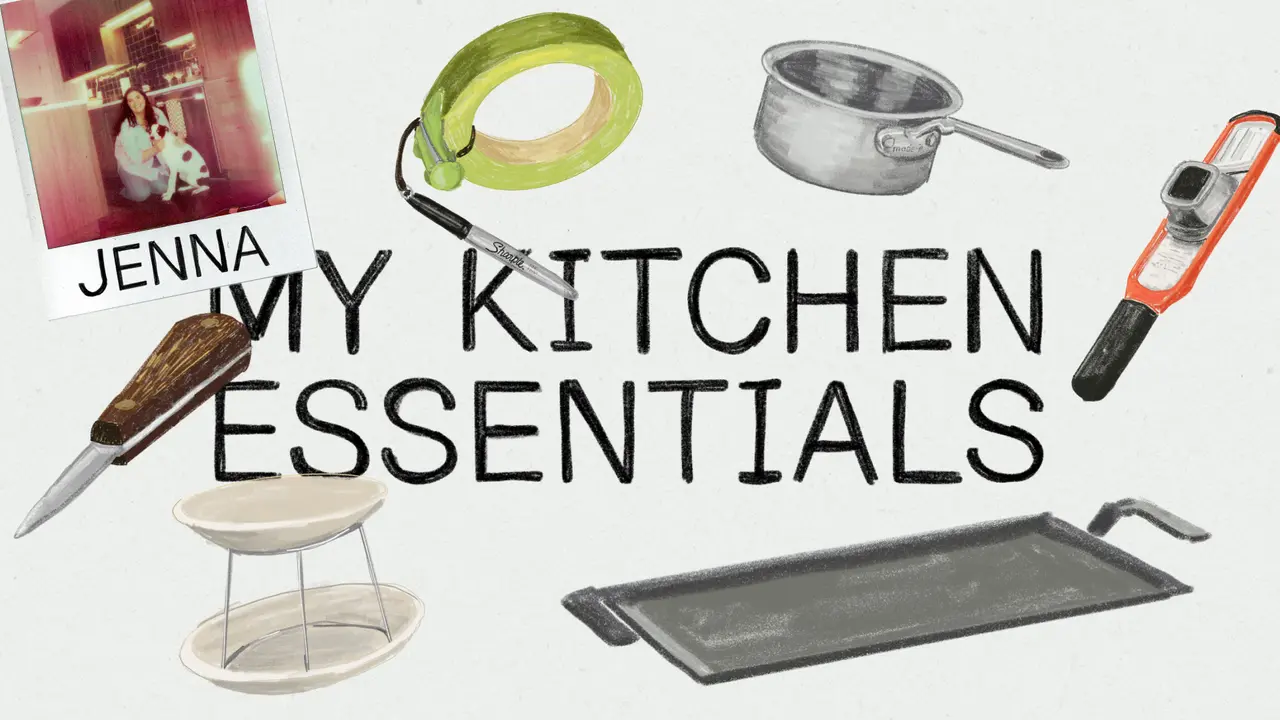We’ve all started preparing a long-anticipated dish just to realize we don’t have the necessary ingredients on hand. The solution to this problem? Practicing “mise en place.” A French term that means “everything in its place,” mise en place is practiced in professional kitchens worldwide to ensure that all ingredients are organized and prepared before the cooking process begins.
Here’s everything you need to know about mise en place and how to use it to your advantage, no matter what you’re cooking.
What Is Mise en Place?

Mise en place is an essential practice for success in the kitchen. While most home cooks tend to just dive into the cooking process, mise en place relies on a bit of preliminary organization to get dinner on the table in a way that’s faster, easier, tidier, and more delicious—it’s easier to focus on not overcooking a steak when you don’t have to run to the fridge or pantry for additional ingredients.
This process requires preparing and organizing all ingredients and cooking supplies before you begin to cook, often in small bowls or receptacles for easy addition to the dish.
Depending on how complex the dish is, mise en place can be practiced in a variety of ways. The main idea is getting all ingredients to the state the recipe calls for them to be in before cooking commences, so they can easily be added to your pan when the time comes—meaning that eggs are cracked in a small dish, herbs and alliums are chopped, and spices are measured out and waiting to go.
How to Practice Mise en Place
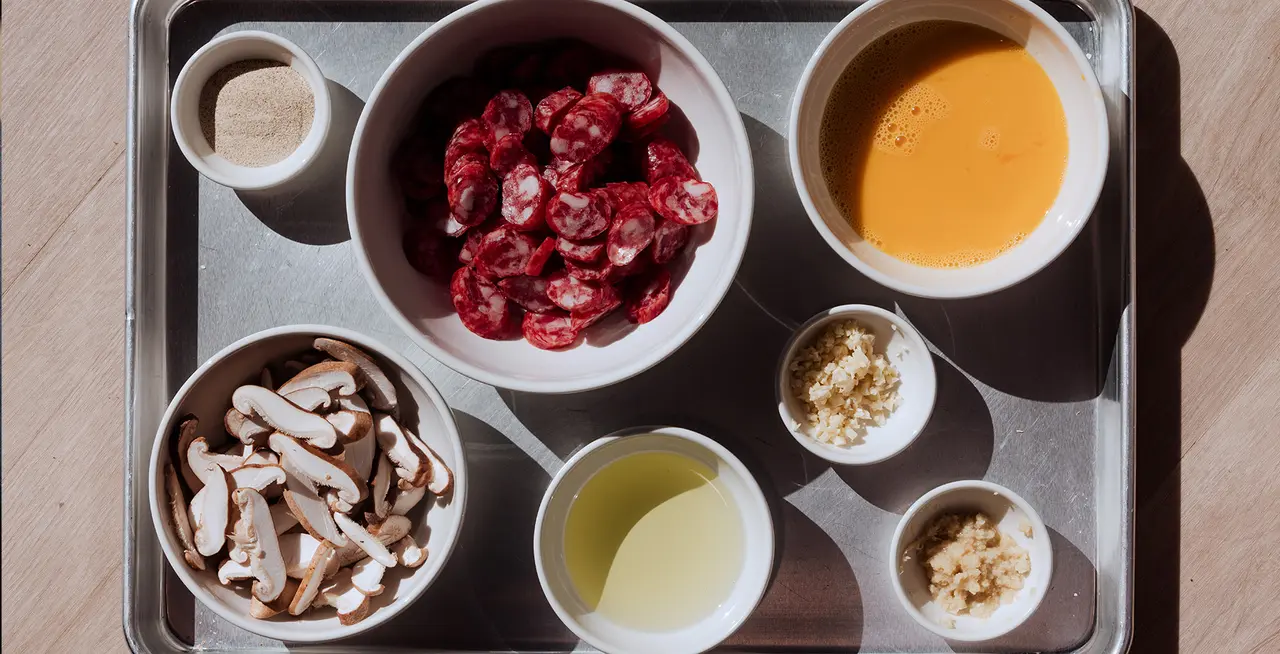
While mise en place looks different for every cook and recipe, it usually involves laying out the tools that will be needed throughout the recipe (such as whisks, bowls, cookware, etc.) and pre-measuring all ingredients. These pre-measured ingredients are separated into small bowls that, when you’re ready, make it easy to combine multiple ingredients in a larger vessel.
Step One: Read Your Recipe
You can’t practice mise en place without knowing what your recipe requires. Make sure to read (not skim!) each step of your recipe before you intend to start cooking to ensure that you have all the needed ingredients. This way, you have a general sense of the order of operations, so you’re not constantly referring to the recipe and can fit in a grocery store run if you need to.
It may be tempting to skip the recipe’s headnote, but you might be missing out on some juicy tips.
Step Two: Gather Ingredients and Tools
After reading the recipe through, gather all of the ingredients and the tools you’ll need to get started. This includes cookware, bowls, utensils—anything mentioned in the recipe. For example, if the first step is to fry bacon, you should have a paper towel-lined plate prepped before the bacon hits the pan.
Step Three: Prepare Ingredients
Wash, clean, and/or sort your ingredients. Items like leeks, mushrooms, and greens require washing and cleaning, while beans require trimming and grains need measuring out or rinsing
Your recipe will specify if there’s anything else that might also fall into this category, like getting out flaky sea salt for sprinkling on the finished product. By the time you're finished prep, you should be so well-prepared that the only thing you’re doing while cooking is, well, cooking.
Step Four: Measure and Chop
Measure out your ingredients and get them to the state the recipe calls for before they’re combined. This will vary by ingredient. For example, seasonings, sauces, and oils will need to be measured out, while herbs, meat, starches, and vegetables may need to be chopped, diced, or minced.
To reduce the risk of food-borne illness and cross-contamination, raw meats and proteins should either be prepared last or on a separate cutting board with a different knife from the one used for vegetables, starches, or alliums.
Step Five: Contain and Organize Ingredients
Once your ingredients are measured and chopped, place them into appropriately sized containers and transport them to your workstation, whether that’s the stove or the grill.
Chef tip: Arrange ingredients in the order they’ll be added to the pan for an even easier cooking process.
Step Six: Begin Cooking
Now that your ingredients and tools are all laid out, you’re ready to get cooking. Start with step one, and notice how much easier it is to cook and clean with your ingredients already assembled.
Why Do Chefs Use It?
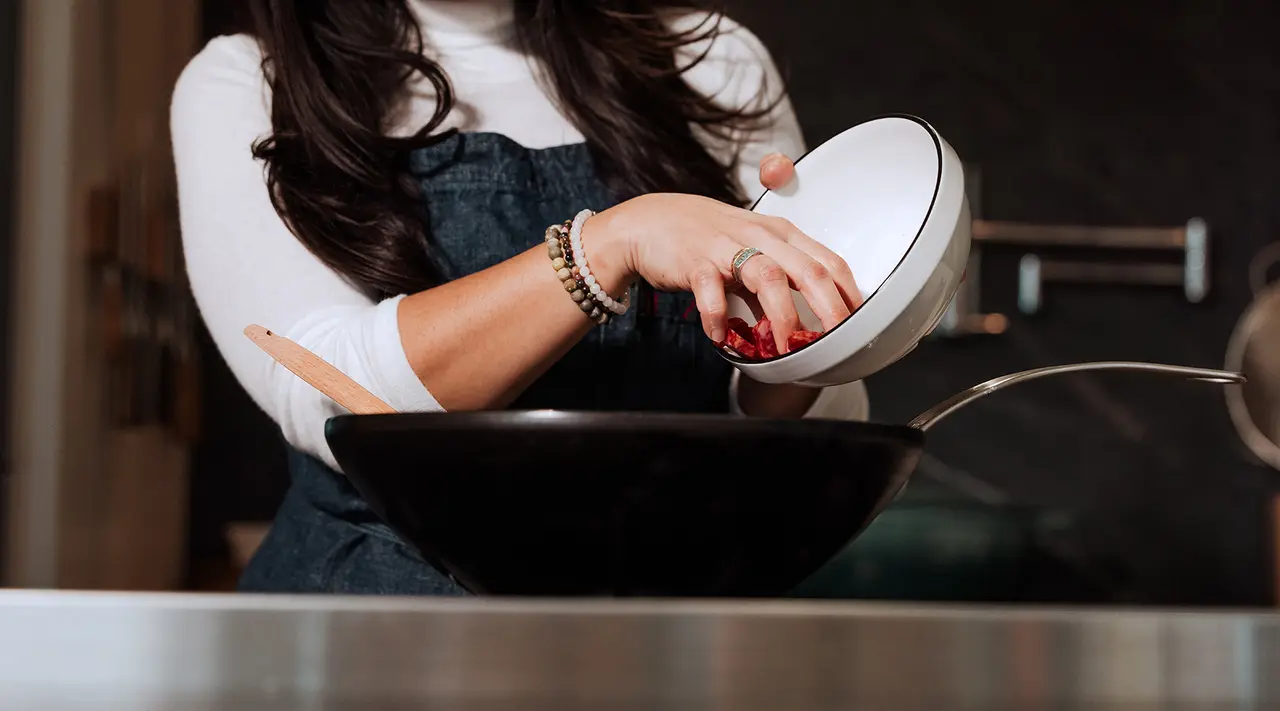
In a professional kitchen, mise en place is an essential part of ensuring that guests are served in a timely manner while creating a process in the kitchen that is both efficient and organized.
Prep cooks chop, slice, and measure all ingredients so that the chef can focus on time-sensitive tasks like stirring, sautéing, flipping, or plating.
Additionally, practicing mise en place can reduce food waste, as measuring out your ingredients beforehand reduces excess. In professional kitchens and culinary schools, students are taught the mise en place system as a way to sort their food scraps as well. Food scraps are sorted into piles for freezing and piles that will be composted directly.
Mise en Place for Home Cooks
While most home cooks don’t have a staff on hand to pre portion out all ingredients, mise en place is a useful principle that can be easily adapted to your home. By measuring out all of your ingredients beforehand, just like a chef in a professional kitchen, you can focus on time-sensitive tasks while increasing efficiency.
Ready to Cook?
Mise en place will save you time, minimize cleaning, and eliminate unnecessary or duplicative work—so much so that those who try it often wonder how they’ve lived without it.
If you’re inspired to try incorporating this method of cooking into your meals at home, we recommend taking a look at our Mise en Place Set. This set contains four nesting bowls of various sizes that are perfect for prepping spices, herbs, and other ingredients ahead of time.
